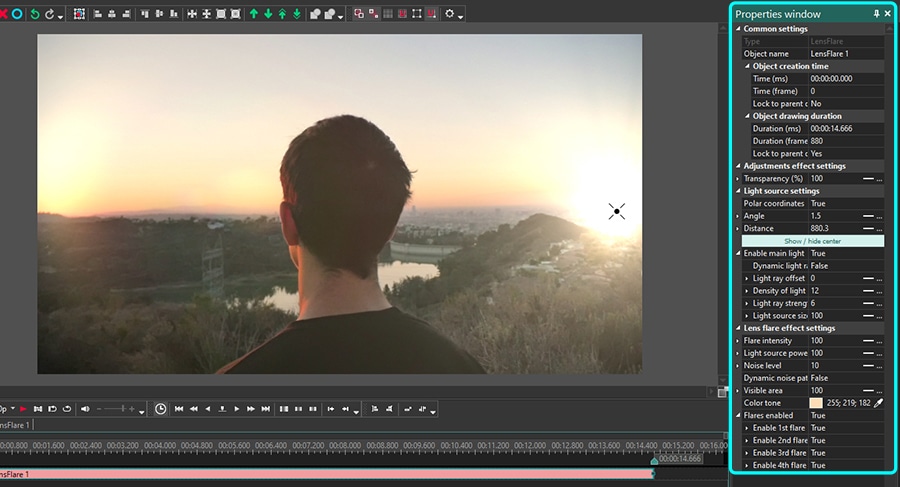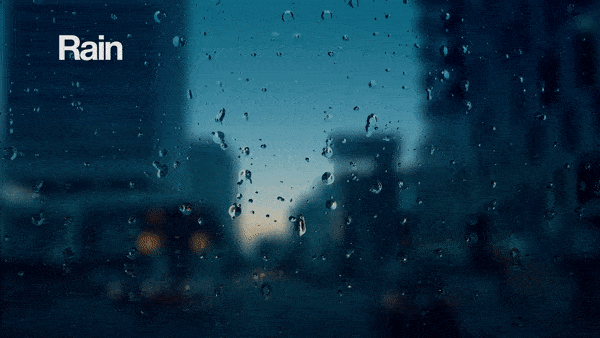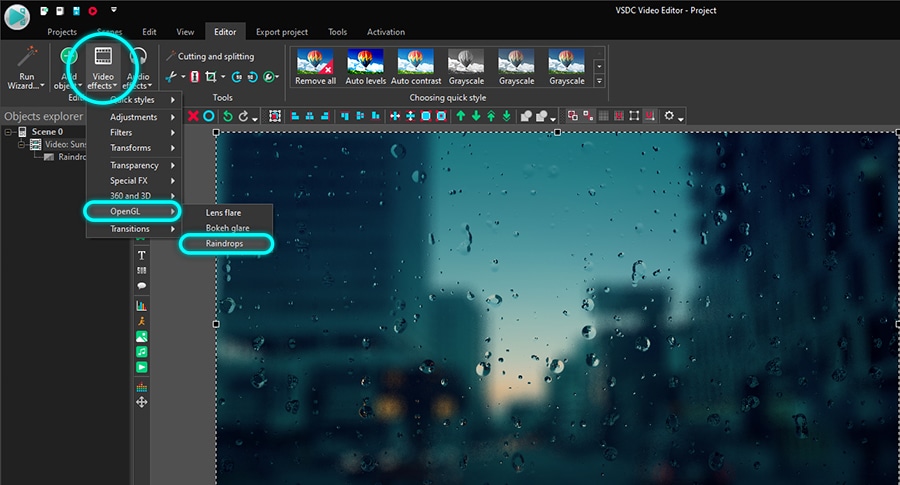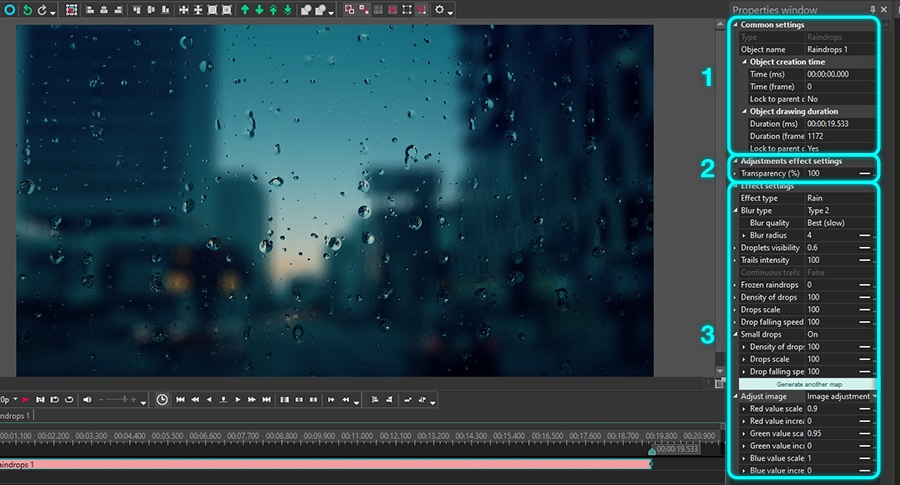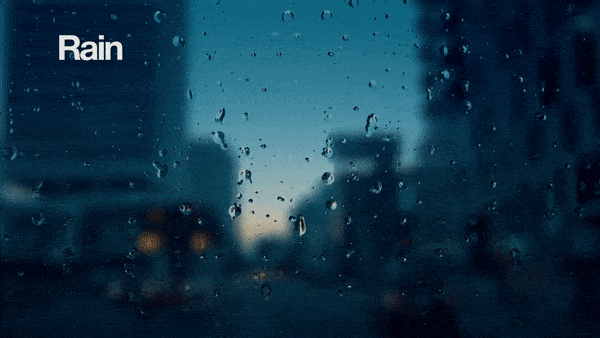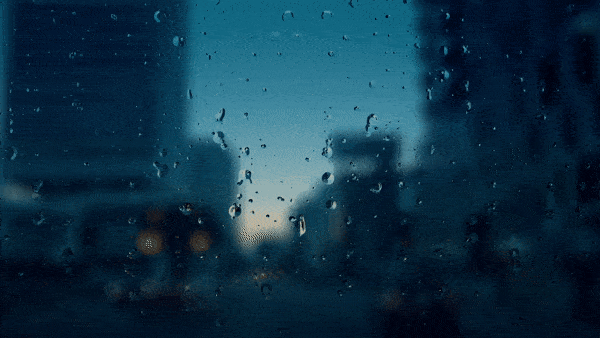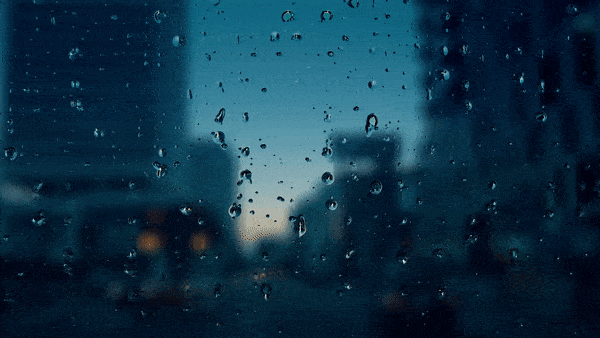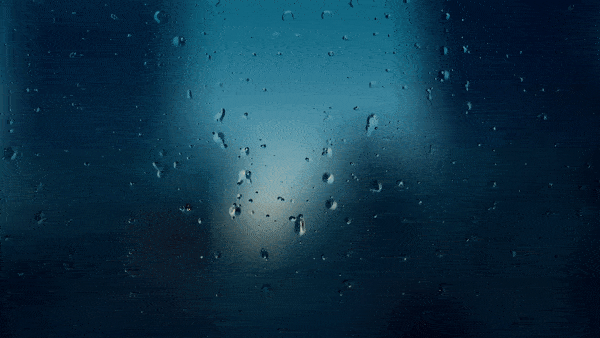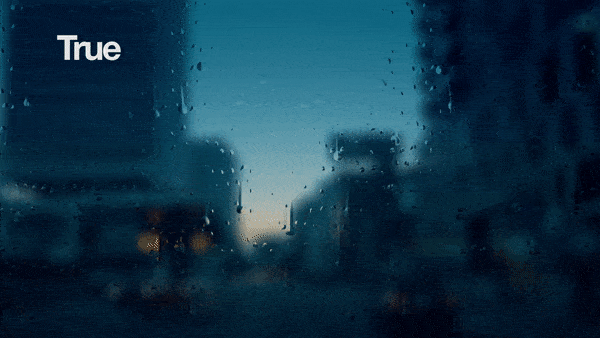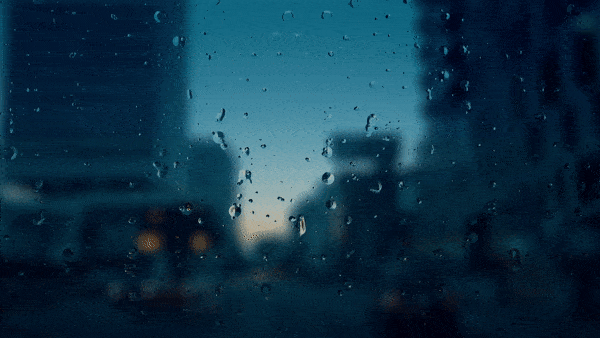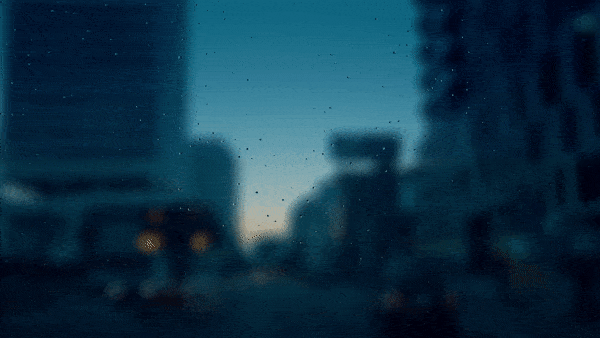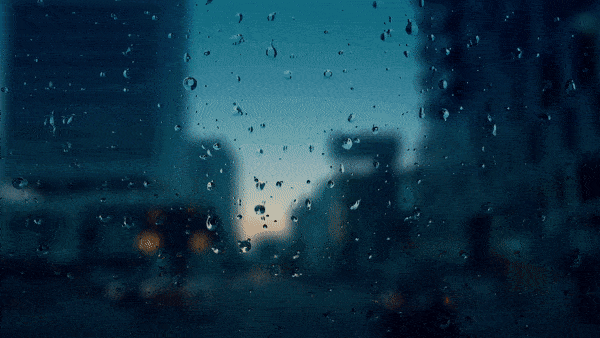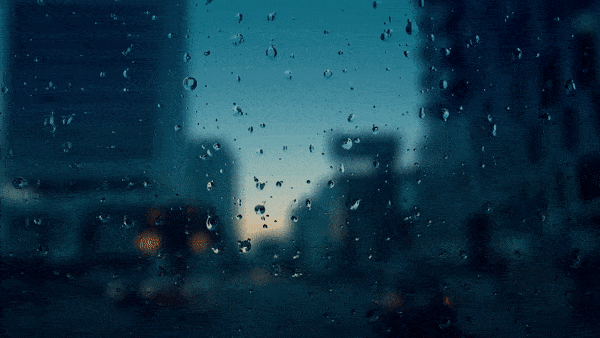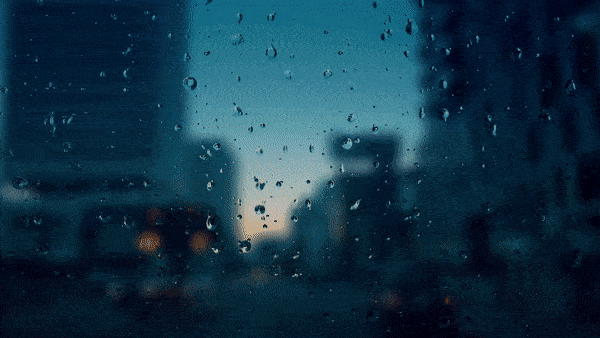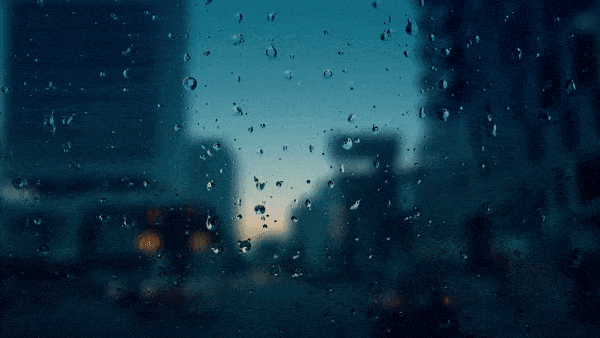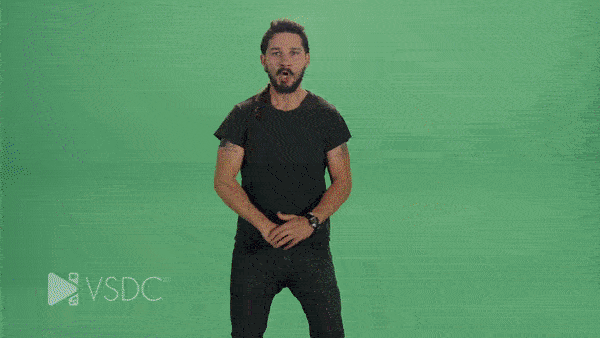Video Düzenleyici
Aile tebrik kartından şirket sunumuna kadar her türlü karmaşıklıkta videolar oluşturmak ve düzenlemek için ücretsiz video yazılımını kullanın. Video dosyalarını kesin, birleştirin, görsel ve ses efektleri uygulayın, filtreleme ve görüntü düzeltme kullanın, slayt gösterileri yapın ve uygun bir film müziği ekleyin. Videonuza profesyonel bir görünüm kazandırmak için çok renkli Renk anahtarı ve gelişmiş parametre ayarlarını kullanın. Tüm popüler video ve ses formatları desteklenir.
Video Dönüştürücü
Bu program video dosyalarını bir biçimden diğerine dönüştürmek için tasarlanmıştır. Hemen hemen tüm popüler video biçimleri (hem okuma hem de kaydetme) desteklenir. Ayrıca iPhone, Huawei P30 Pro veya Samsung Galaxy gibi belirli multimedya cihazları için videolar oluşturmak da mümkündür. Programın kullanımı son derece kolaydır, modern bir arayüze ve gerekli tüm video işleme fonksiyonlarına sahiptir.
Ses Dönüştürücü
Bir ses dönüştürücü kullanarak ses dosyalarını bir biçimden diğerine dönüştürebilirsiniz. Tüm önemli ses biçimleri ve codec bileşenleri desteklenir. Program ayrıca çalma listelerini ve meta etiketlerini yönetmenize izin verir, ayrıca video dosyalarından sesi dışa aktarmak ve parçaları herhangi bir biçimde bilgisayarınıza kaydetmeniz de mümkündür.
Ses CD’si Yakalayıcı
Bu ses aracı kompakt disklerden ses parçalarını kopyalamaz ve bunları seçtiğiniz herhangi bir biçimde bilgisayarınıza kaydetmek için tasarlanmıştır. Neredeyse tüm popüler ses biçimleri ve codec bileşenleri desteklenir. Program ayrıca dosyaları otomatik olarak yeniden adlandırma ve meta etiketleri güncelleme için parça ayrıntılarını FreeDB sunucusundan ayıklayabilir.
Video Editor
Video Dönüştürücü
Ses Dönüştürücü
Ses CD’si Yakalayıcı

Çok işlevsellik
Tek bir ücretsiz video yazılım paketinde çok çeşitli multimedya işleme araçları

Yüksek hız
Programlar hızlı, optimize edilmiş çok işlemcili algoritmalar kullanır.

Kullanılabilirlik
VSDC video yazılımı, Windows işletim sistemi tabanlı tüm bilgisayarlarda ve cihazlarda ücretsiz olarak indirilebilir.
- Moment gelmiştir: VSDC 9.1'ün merakla beklenen güncellemesini sunmaktan mutluluk...
- VSDC 8.3 güncellemesini size sunmaktan mutluluk duyarız! Ekibimiz yeni sürüm üze...
- Şu anda video içeriğinin popülaritesi artıyor ve birçok kullanıcı kişisel ve pro...
- Günümüzün dijital dünyasında yaratıcılık en üst düzeyde hüküm sürüyor. Bireyleri...
Videoda Resim A Noktasından B Noktasına nasıl hareket ettirilir?
VSDC’nin ücretsiz sürümünde videoya eklenen herhangi bir görüntüyü, metni veya maskeyi aşağıdaki resimde gösterildiği gibi A noktasından B noktasına hareket ettirebilirsiniz. Bu efekti Hareket adlı bir araçla oluşturabilir, ayrıca bir nesnenin hareketinin hızını ayarlayarak hareket eden nesnenin kendisine dönüştürme efektleri de uygulayabilirsiniz.
Videolarınızda Hareket efektini yaratıcı bir şekilde kullanmanın birçok yolu vardır. Örneğin video için animasyonlu bir giriş hazırlayabilir veya bazı özel efektleri simüle edebilirsiniz.
Aşağıda bir .PNG görüntüsünü hareket ettireceğiz, bu efekti sahnedeki diğer herhangi bir medya dosyasına da uygulayabilirsiniz. Başlamadan önce VSDC Video Düzenleyici’nin ücretsiz sürümünü indirmeyi unutmayın.
Videodaki bir resme hareket efekti nasıl uygulanır
VSDC’yi başlatın ve arka plan olarak kullanılacak bir video veya görüntü yüklemek için İçeriği içe aktar düğmesini kullanın. Ardından hareket efektini uygulamak istediğiniz medya dosyasını yükleyin. Bir görüntü yüklüyorsanız >Ctrl + l klavye kısayolunu veya Nesne ekle menüsünü kullanın. Bizim durumumuzda bu saydam bir arka plana sahip .PNG görüntüsüdür.
Görüntüyü başlangıç noktasına (A noktası) yerleştirin ve ardından şu adımları izleyin:
- Görüntünün üzerine çift tıklayın
- Sol taraftaki menüde Hareket aracını seçin
- Açılan pencerede varsayılan ayarları bırakın ve Tamam’a basın
- Sahnede görüntünün hareket edeceği noktayı belirlemek için fareyi tıklayın

Sonucu görmek için Ön izleme düğmesini kullanın. Varsayılan olarak nesne video boyunca A noktasından B noktasına hareket edecektir.
Hareket eden bir nesneye özel efektler nasıl uygulanır?
Eğitimin bu bölümünde hareket eden bir nesneye doğrudan efekt eklemeyi ve hareket hızını değiştirmeyi göstereceğiz.
İlk olarak hareketin başladığı ve nesnenin sona ereceği anı manuel olarak değiştirebilirsiniz. Varsayılan olarak nesne video boyunca hareket edecektir, bu nedenle nesnenin hızı doğrudan videonun süresine bağlıdır. Bu paremetreleri değiştirmek için zaman çizelgesindeki kontrol noktalarını hareket ettirmeniz gerekir. Örneğin sarı kontrol noktasını sola hareket ettirerek nesnenin hareket süresini kısaltır ve hızını artırırsınız. Kontrol noktaları arasındaki mesafe ne kadar kısa olursa nesne A noktasından B noktasına o kadar hızlı hareket eder.
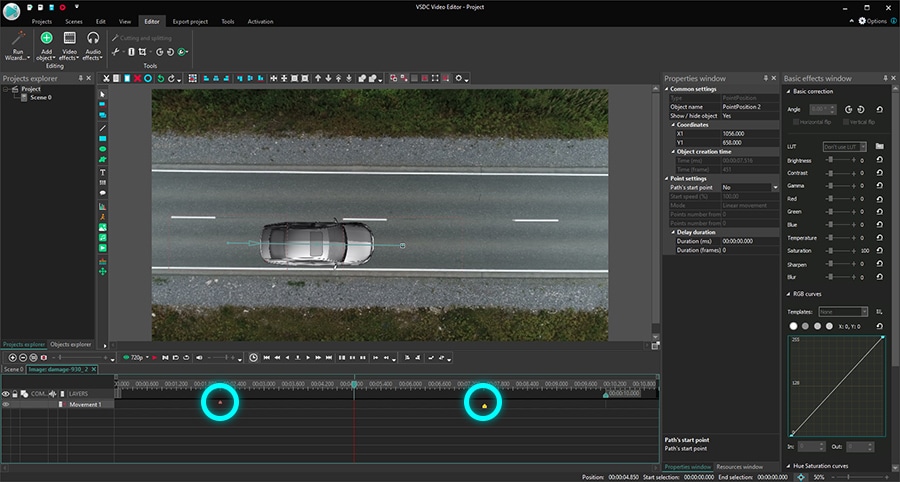
İkinci olarak normal bir videoya uygulayacağınız tüm efektler nesnenin kendisine de uygulanabilir. Örnek olarak Açılma ve Kararma geçiş efektlerini ele alalım. Bunları hareketli bir nesneye uygularsanız görüntü hareket yolunun başlangıcında yavaş yavaş açılır ve sonunda yavaş yavaş kararır.
Dönüşüm efektleri de burada iyi görünecektir. Örneğin aşağıdaki örnekte görüntüye Döndürme ve Ateş efektlerini kullandık. İmleci efektin zaman çizelgesinde görünmesini istediğiniz noktasına yerleştirin, Video efektleri menüsüne gidin ve Dönüşümler >> Döndürme’yi seçin. Ardından efektin süresini zaman çizelgesinde manuel olarak ayarlayın.
Daha fazla animasyon tekniğine mi ihtiyacınız var?
VSDC'nin ücretsiz sürümü yalnızca A noktasından B noktasına hareket efekti uygulamanıza olanak tanır. Üç veya daha fazla noktadan oluşan bir yörünge oluşturmak için düzenleyicinin yılda 19.99 ABD Doları karşılığında satışa sunulan gelişmiş bir sürümü olan VSDC Pro'yu temin edebilirsiniz. VSDC Pro sürümündeki Hareket aracıyla nasıl çalışılacağına ilişkin ayrıntılı talimatlara buradan ulaşabilirsiniz.
Eklenen görüntünün videodaki belirli bir nesnenin yörüngesinde hareket etmesini istiyorsanız bunu uygulamanın en iyi yolu hareket yakalama aracını kullanmaktır. Bu araç Pro sürümünde mevcuttur. Sadece birkaç tıklamayla sahneye eklenen herhangi bir nesneye seçilen yörüngeyi uygulamanıza izin verir.
Artık kendiniz denemeye hazır mısınız? O zaman VSDC Ücretsiz Video Düzenleyici’yi indirmenin ve ilk animasyonlu videonuzu oluşturmanın zamanı geldi!
How to work with the movement object in VSDC Free Video Editor?
How to turn Image to a moving object| image scrolling effect on VSDC free video editor
Program hakkında daha fazla bilgiyi Ücretsiz Video Düzenleyici’nin açıklama sayfasından edinebilirsiniz.

Bu program ile masaüstünüzün video videosunu çekebilir ve bilgisayarınıza çeşitli biçimlerde kaydedebilirsiniz. Bir video düzenleyiciyle eşleştirilmiş program, sunumlar ve demolar oluşturmak için idealdir.

Program, dış aygıtlardan video yakalar ve ücretsiz bir biçimde bilgisayara kaydeder. Video tarayıcılardan, web kameralardan, yakalama kartlarından ve diğer araçlardan da video kaydedebilirsiniz.

"VSDC Ücretsiz Video Düzenleyici her ne kadar alışılmadık bir video düzenleyici olsa da şaşırtıcı derecede güçlü"
- PC Advisor

"Bu video düzenleyici size tonlarca kontrol ve düzenleme gücü veriyor"
- CNet

"Bu video düzenleyici tüm popüler video formatlarını destekler ve çok çeşitli özelliklere sahiptir. Aydınlatma seviyesini değiştirebilir, videoları birleştirebilir, filtreler ve geçişler uygulayabilirsiniz"
- Digital Trends
